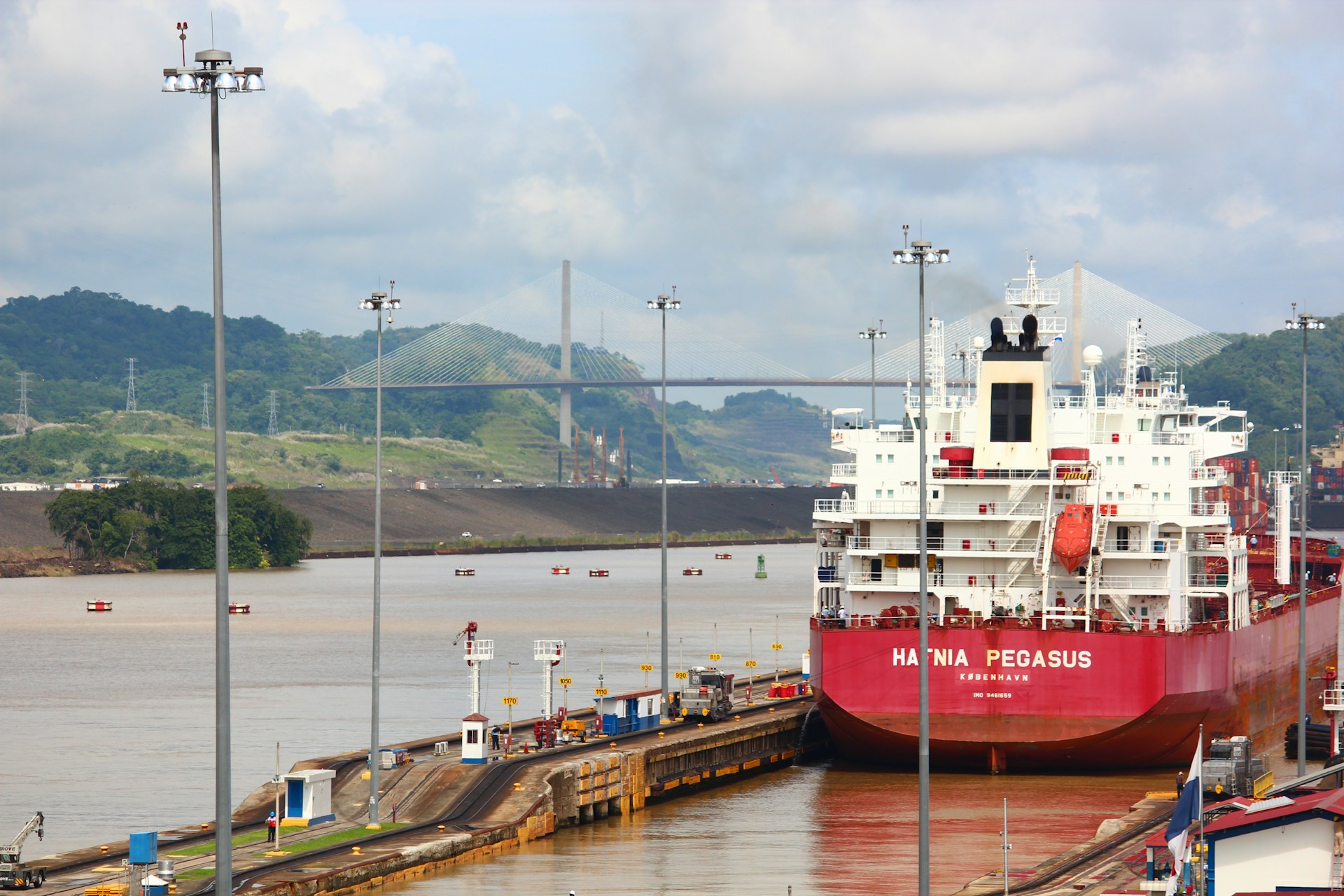Panama Canal Water Crisis: Promises $8.5B To Aid Climate

The authority overseeing the Panama Canal has revealed plans to dedicate upwards of $8.5 billion to eco-friendly initiatives over the coming five years as a proactive stance against climate change impacts.
This substantial financial commitment dwarfs the $5.4 billion expended on the Canal's expansion, its most significant upgrade to date, highlighting the critical nature of the current situation as the Canal grapples with an intense drought, reducing its operational capacity.
The authority notes that in 2023, the Canal's Gatun Lake encountered a daily shortfall of around three million cubic meters of water, attributed to less rainfall than anticipated in Panama, exacerbated by a potent El Nino event, alongside losses due to Canal operations, evaporation, domestic, and industrial use. Consequently, the authority had to decrease the number of ships passing through daily and impose restrictions on the cargo load ships could carry.
After experiencing the driest October on record, the authority decided to cut the daily number of ship passages from 32 to 18 by February, a 50% decrease from the usual 36 in average years. Nevertheless, conservation efforts and better rainfall in November and December enabled the authority to sustain 24 ship transits per day, avoiding further reductions. The authority intends to maintain this rate until the dry season concludes in April, depending on the situation.
Of the total investment, approximately $3.5 billion is earmarked for infrastructural and technological enhancements, such as setting up solar panels and acquiring electric and hybrid tugboats. Over $2 billion will support new eco-centric projects, with another $2 billion aimed at establishing a stronger water management framework. The rest, more than a billion dollars, will be channeled into digital and decarbonization efforts in the Canal.
This extensive investment scheme is part of a larger strategy to lessen the Canal's greenhouse gas emissions and achieve carbon neutrality by 2050. In collaboration with the World Bank and IFC, the Canal authority is on the verge of completing a greenhouse gas emissions report for the Canal, expected to be published in the next six months. Later in the year, the authority will conduct a climate risk analysis and commit to the Science Based Targets initiative (SBTi), setting immediate and medium-term reduction targets, followed by the adoption of stringent emission reduction standards.
This statement follows the appointment of Deputy Administrator Ilya Espino de Marotta as the Canal's inaugural Chief Sustainability Officer in January, responsible for crafting an all-encompassing sustainability blueprint.
With predictions indicating a possible shift from El Niño to La Niña conditions this summer, Panama may soon see increased rainfall, as La Niña typically brings more precipitation to the region.